Just think about “SEO” or Search Engine Optimization and your mind will recall words like, ‘rankings’, ‘traffic’, and ‘long-term results’. Moreover, you can hear it whispering some familiar SEO tactics like – keyword optimization, long-form content, backlinking and local SEO.
Maybe that is what we have been hearing all this time from SEO service companies and experts. And they aren’t wrong, first and foremost these are the SEO tactics that drive results.
But, are we missing out on something?
What about “Internal Linking”
Maybe we have heard about it and don’t mind placing some internal links whenever our mind recalls this term. But of course, we aren’t convinced enough to offer a significant amount of attention to such a boring task. Instead, we browse the extra mile on the web to draw some good backlinks from some high DA websites.
So, this article will be an effort to convince you to pay the same amount of attention (if not more) to “internal linking” that you have been paying to other SEO strategies.
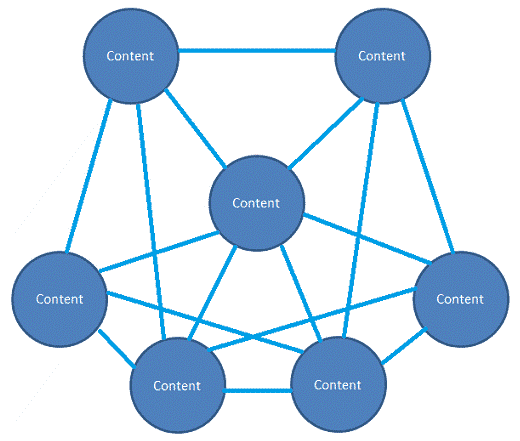
But before we dig deeper into some understated benefits of internal linking, let’s understand what exactly is internal linking and how it works.
What is Internal Linking
As an SEO expert may define it, internal linking is about placing a hyperlink on a page that links to another page under the same domain. And one of the best things about internal linking is that you as a site owner have complete authority over your internal linking strategy.
So basically, internal linking is an essential SEO element that significantly influences the user experience of your site and your site structure.
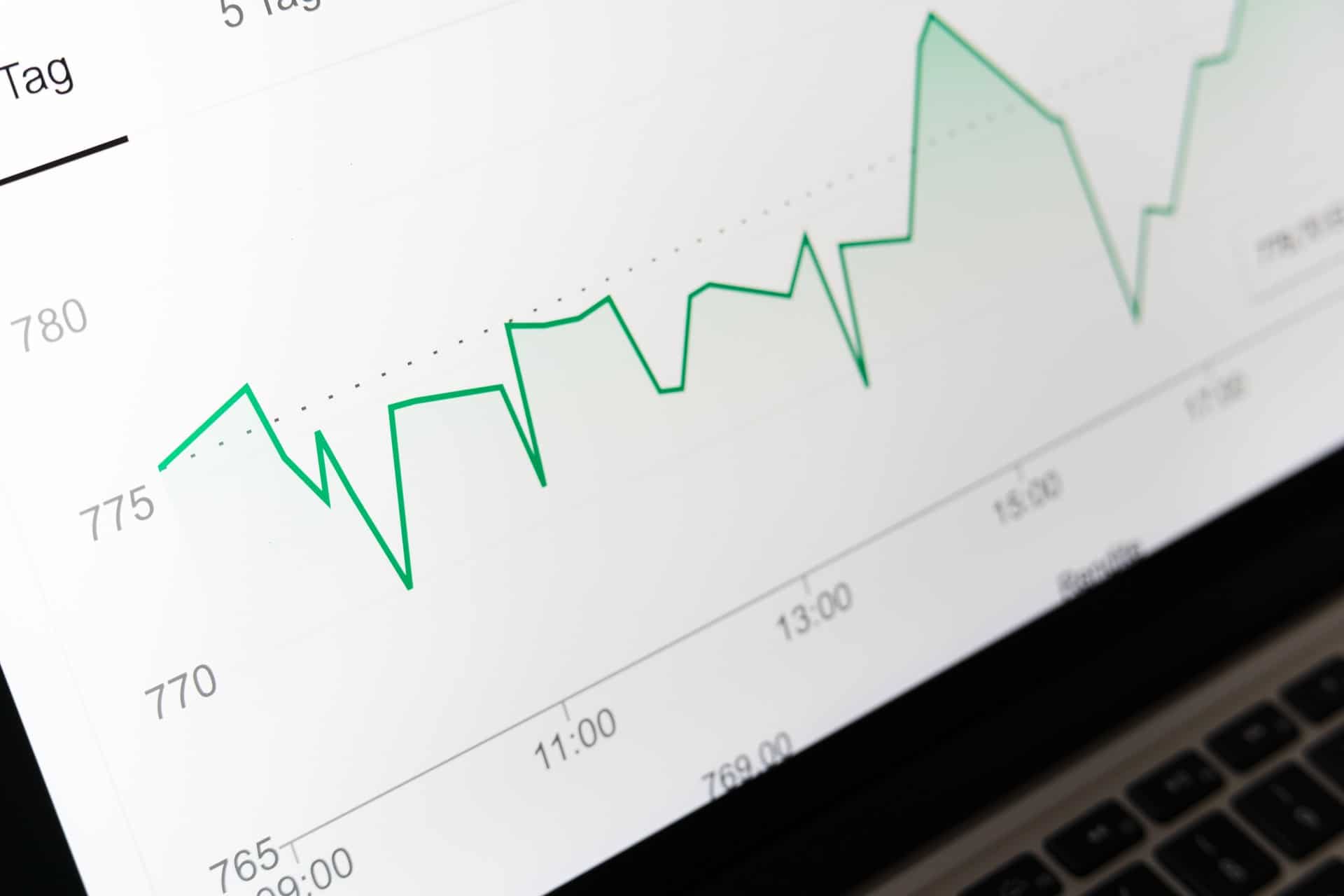
When a professional SEO service company plans an internal linking strategy, the key considerations include:
- Seamless User Experience: A planned and synchronized internal linking path can help users navigate through your website easily. The idea is to help them land where they want, in the easiest possible way.
- A defined Site Structure for Search Engines: Your internal linking pattern decides how easily the search engine crawlers can understand your site structure and crawl through it. This helps them decide how to pass their weight.
Four Understated Benefits of Internal Linking You Must Know
1. A Productive Site Architecture that is Easy to Navigate
Strategic internal linking defines the foundation of your on-page SEO strategy. And a professional SEO services company will always recommend that you develop a well-defined internal linking chain for your website.
This is so you can establish a clean site architecture.
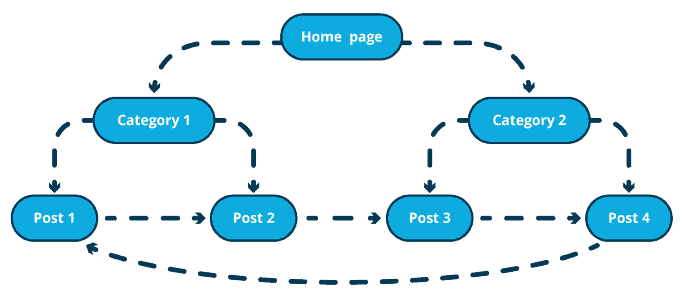
Different users may visit your site with their individual intents like information gathering, buying a product or service, trying to connect with you, or placing an inquiry. Therefore, your internal links will help them trace and navigate through the right path.
The internal links should be placed in a way that they can fulfill a user’s intent in the shortest and best possible way.
The ways in which the user-experience impacts your SEO performance include:
- The time spent by a user on your site (bounce rate)
- Number of pages a user visits on your site
Therefore, you need to offer a good user experience through an internal linking strategy and prove your credibility to the search engines.
2. Channelize and Spread the Link Juice Smartly
Let’s say one of your website pages has great link equity or draws backlinks from some high DA websites and is recognized by search engines as a credible resource. This page is likely to rank higher in the SERPs because of its good link equity.
If you wish to pass down this link juice to your 1 or 2 other important content pages as well, you can do it through internal linking.
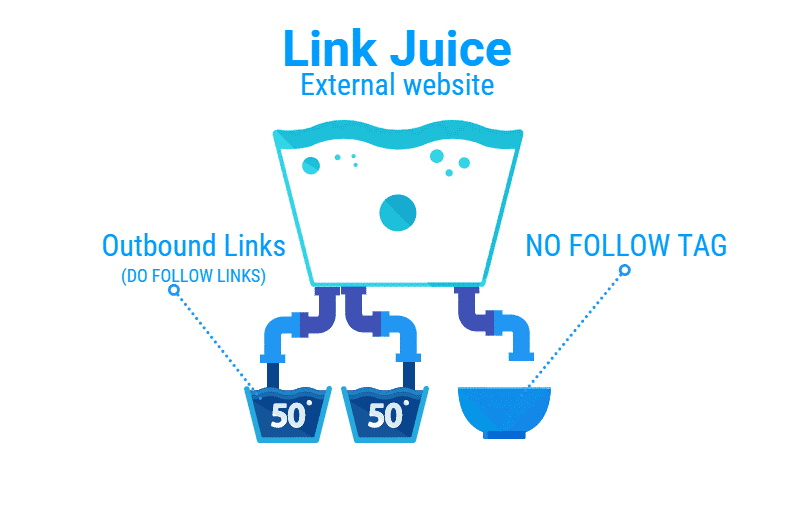
However adding more internal links to your performing page can dilute the link strength, so you need to decide the pages you wish to rank and give do-follow links to these pages only.
3. Improved Indexation of your Website
Search engine crawlers crawl all over the internet for fresh content and they use the path of links to navigate through the web. Now if you have some already indexed pages on your website these crawlers will crawl through these pages.
And if these pages are smartly interlinked to other less popular pages of your site the crawlers can get an easy path to crawl through those pages as well. They can now keep the new pages in their resource memory for relevant search queries.
For example: If your business has a page – “SEO service”’ and your page appears in the SERPs for the query “local SEO services company”, but you wish your new page, “Local SEO service“, ranked for this query as well you can interlink the latter to the page that ranks already (SEO services).
By internal linking crawlers can crawl through your new page faster and if they find it more relevant to a query like “local SEO services company” they are more likely to show it in the SERPs.
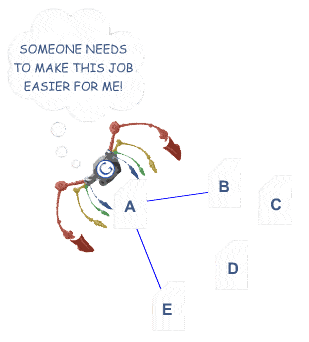
Google crawlers have to crawl through billions of web pages over the web and if you have a well-interlinked site structure you can help them crawl deeper into your website and improve your site indexation.
So, every time you publish new content and link it to one of your well-indexed pages, it is likely to get indexed faster.
4. Rank Better for Certain Keywords and Add Value to your Content
One of the most understated benefits of internal linking is that it adds to your content and increases its potential to rank better in search engine results.
That is why smart SEO service companies use the internal linking technique to help you grow rankings in SERPs.
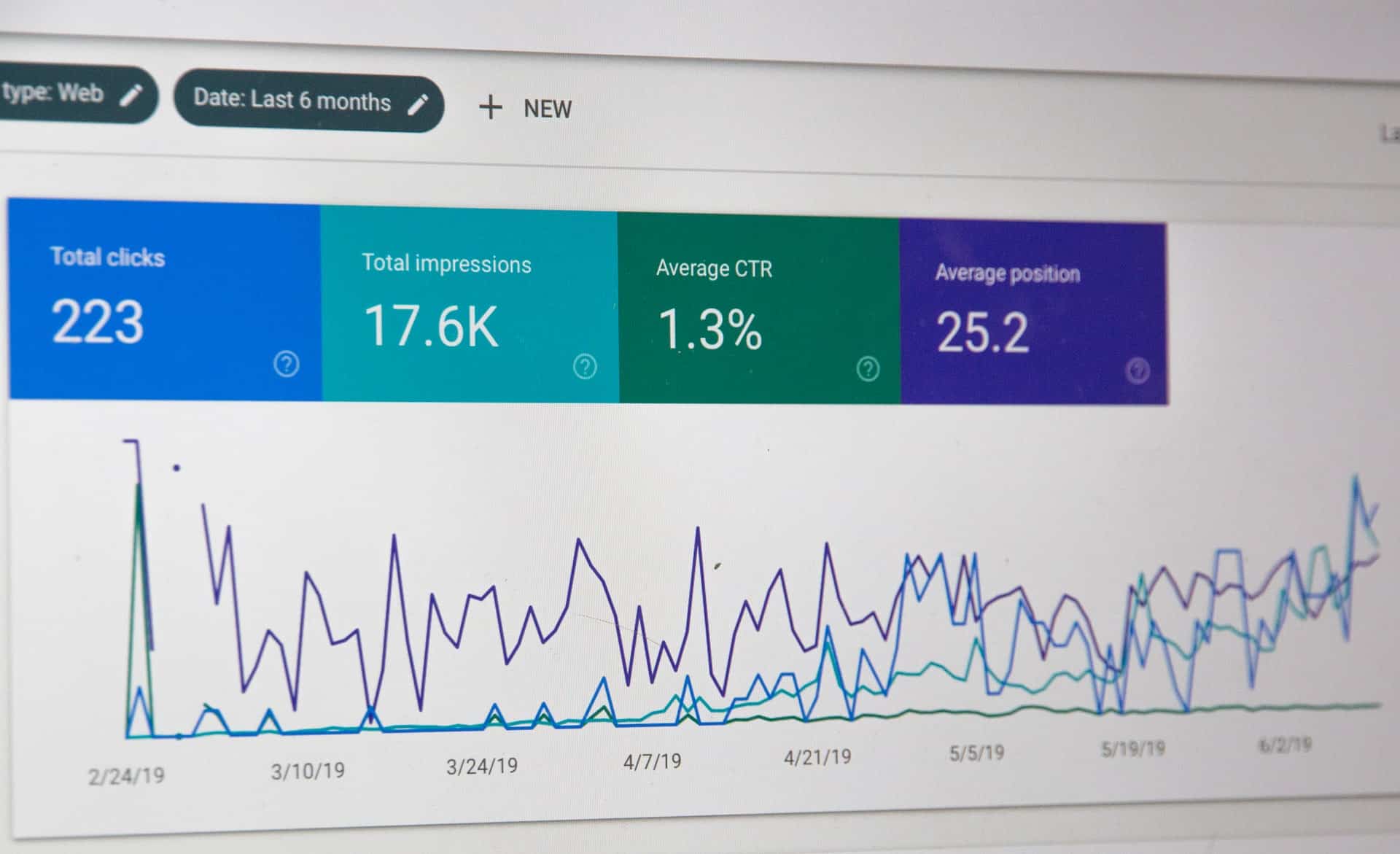
For Example: Let’s say you wish to rank one of your pages for the “best SEO strategies in 2020” keyword, and you have another page with some great content relevant to this topic. Now you can point the readers to that page using a relevant anchor text (the text that you hyperlink).
By establishing an internal link on the page, you have added some more value to your page for the readers as well as the search engine. So now you can expect your page to rank better than before. And this will also help you reduce the bounce rate and increase the conversion potential of the page.
No, You Cannot Afford to Ignore your Internal Linking Responsibilities
Internal linking is the foundation of your on-page SEO strategy and you cannot expect a significant SEO success without a well-defined site structure.
Off-page SEO and backlinking will help you draw high link equity for some of your pages but you will have to pass that link juice down to other pages that you wish to rank. And that is exactly where you require internal linking!
Furthermore, you cannot afford to wait months before you can get your new content pages indexed (by the busy search engine crawlers). Therefore, internal linking is the best way to help these crawlers understand your site structure and improve your site indexation.
Luckily, most SEO service companies include internal linking as a major responsibility in their SEO projects.
